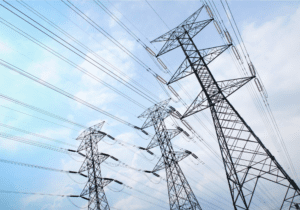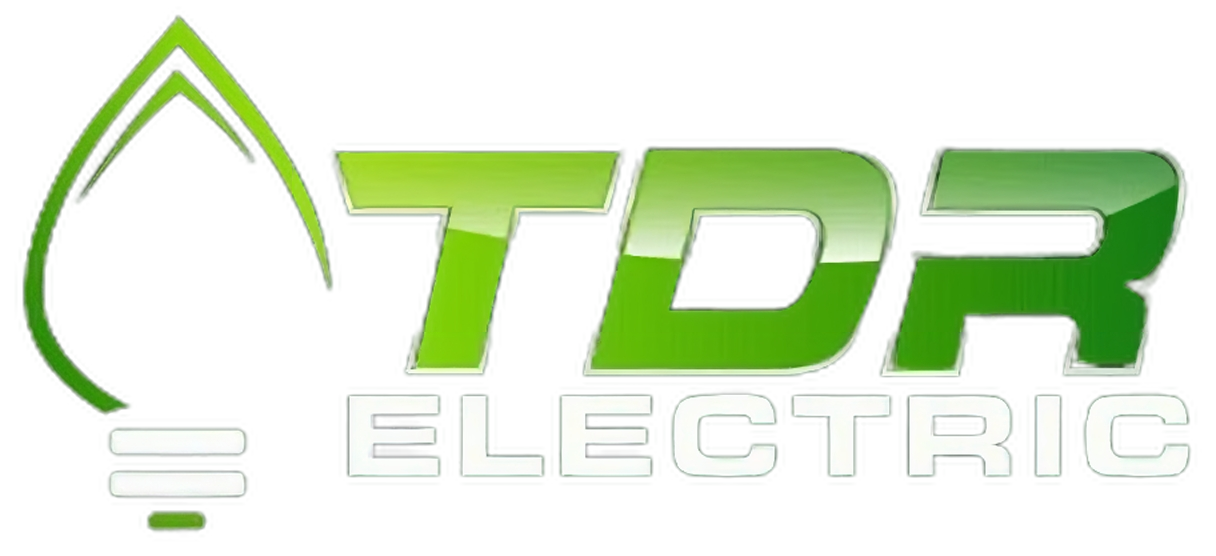Power outages in homes can be caused by a variety of factors, each leading to inconvenient disruptions in daily life. The most common reasons include severe weather conditions such as thunderstorms, hurricanes, and heavy snowfall. These natural events can damage power lines, poles, and electrical infrastructure, resulting in widespread power loss. Beyond weather-related incidents, outages can also stem from utility equipment failures or maintenance operations that temporarily disconnect power supply to repair or upgrade the electrical system.
Planned outages
Utility companies schedule these outages to safely perform necessary upgrades or maintenance on the electrical grid. While these interruptions are intended to improve long-term service reliability and safety, they require advance notice to residents to minimize inconvenience and disruption. During such times, households are encouraged to prepare by charging essential devices, setting up backup power sources if available, and planning for the temporary unavailability of electronic amenities.
High energy demand
 During periods of high energy demand, particularly on hot summer days when air conditioning use is at its peak or cold winter evenings when heating systems are running continuously, the electrical grid can be overstressed. This overload can lead to brownouts, where the voltage drops and causes a decrease in power supply, or outright blackouts if the system fails to cope with the demand. To combat this, utility companies often issue energy conservation alerts, urging consumers to reduce their energy use during peak times to prevent overloading the system.
During periods of high energy demand, particularly on hot summer days when air conditioning use is at its peak or cold winter evenings when heating systems are running continuously, the electrical grid can be overstressed. This overload can lead to brownouts, where the voltage drops and causes a decrease in power supply, or outright blackouts if the system fails to cope with the demand. To combat this, utility companies often issue energy conservation alerts, urging consumers to reduce their energy use during peak times to prevent overloading the system.
Storms
Storms, particularly those with high winds and heavy precipitation, pose a significant threat to the electrical grid. Lightning strikes can directly damage infrastructure or cause secondary effects like fires and explosions. High winds have the potential to snap power lines and topple utility poles, while ice accumulation on lines during winter storms can lead to breakages due to the excessive weight. Flooding from storms can also infiltrate and damage underground electrical installations. Utilities often respond to storm-related outages with emergency repair teams, but restoration times can vary greatly depending on the severity of the damage and the storm’s impact area.
Electrical equipment malfunctions
 Equipment failure is another leading cause of power outages. Over time, the components that make up the electrical grid, such as transformers, substations, and distribution lines, can experience wear and tear. Without regular inspection and maintenance, these components are susceptible to failure, which can interrupt the power supply to residential areas. Factors such as overheating during periods of high demand, physical damage from environmental conditions, or simply the age of the equipment can all contribute to such failures. Utility companies strive to mitigate these risks through ongoing maintenance schedules and system upgrades, but unforeseen failures can still occur, leading to unexpected power outages. Looking for an electrical contractor in the Vancouver area? Contact us now.
Equipment failure is another leading cause of power outages. Over time, the components that make up the electrical grid, such as transformers, substations, and distribution lines, can experience wear and tear. Without regular inspection and maintenance, these components are susceptible to failure, which can interrupt the power supply to residential areas. Factors such as overheating during periods of high demand, physical damage from environmental conditions, or simply the age of the equipment can all contribute to such failures. Utility companies strive to mitigate these risks through ongoing maintenance schedules and system upgrades, but unforeseen failures can still occur, leading to unexpected power outages. Looking for an electrical contractor in the Vancouver area? Contact us now.
